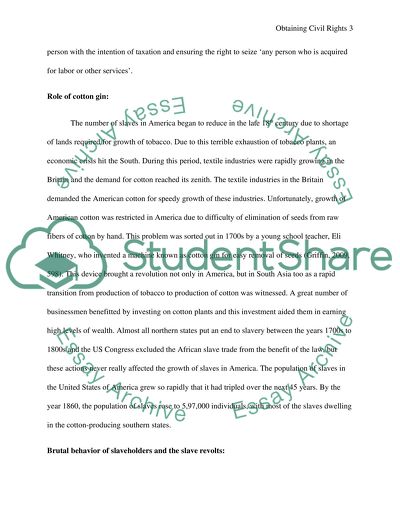Cite this document
(“Obtaining Civil Rights. How have African-Americans worked to end Essay”, n.d.)
Obtaining Civil Rights. How have African-Americans worked to end Essay. Retrieved from https://studentshare.org/history/1460200-obtaining-civil-rights-how-have-african-americans-worked-to-end-segregation-discrimination-and-isolation-to-attain-equality-and-civil-rights
Obtaining Civil Rights. How have African-Americans worked to end Essay. Retrieved from https://studentshare.org/history/1460200-obtaining-civil-rights-how-have-african-americans-worked-to-end-segregation-discrimination-and-isolation-to-attain-equality-and-civil-rights
(Obtaining Civil Rights. How Have African-Americans Worked to End Essay)
Obtaining Civil Rights. How Have African-Americans Worked to End Essay. https://studentshare.org/history/1460200-obtaining-civil-rights-how-have-african-americans-worked-to-end-segregation-discrimination-and-isolation-to-attain-equality-and-civil-rights.
Obtaining Civil Rights. How Have African-Americans Worked to End Essay. https://studentshare.org/history/1460200-obtaining-civil-rights-how-have-african-americans-worked-to-end-segregation-discrimination-and-isolation-to-attain-equality-and-civil-rights.
“Obtaining Civil Rights. How Have African-Americans Worked to End Essay”, n.d. https://studentshare.org/history/1460200-obtaining-civil-rights-how-have-african-americans-worked-to-end-segregation-discrimination-and-isolation-to-attain-equality-and-civil-rights.


